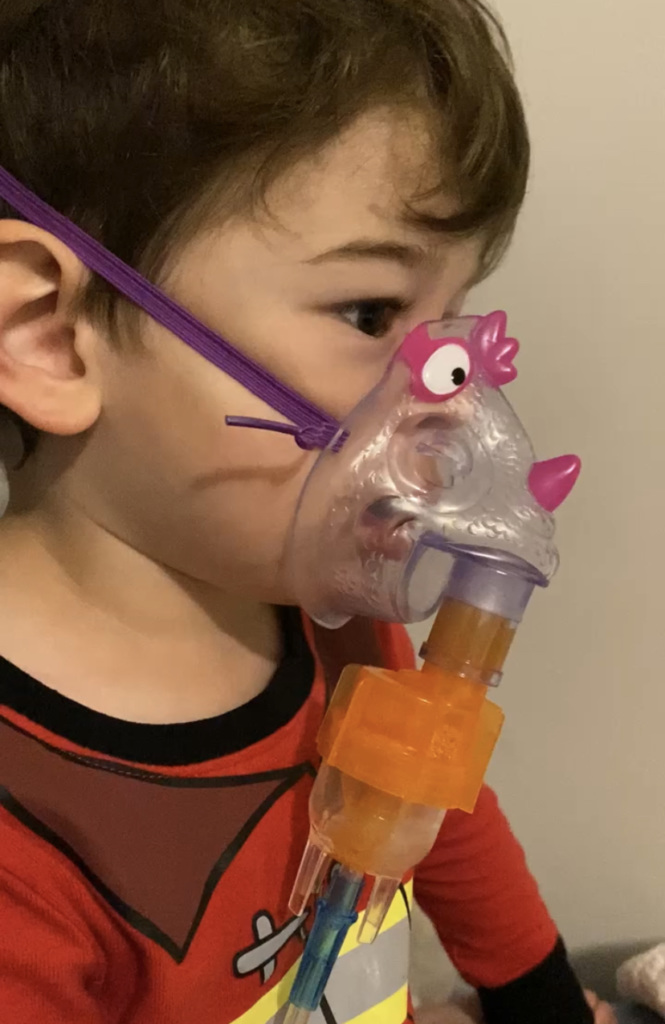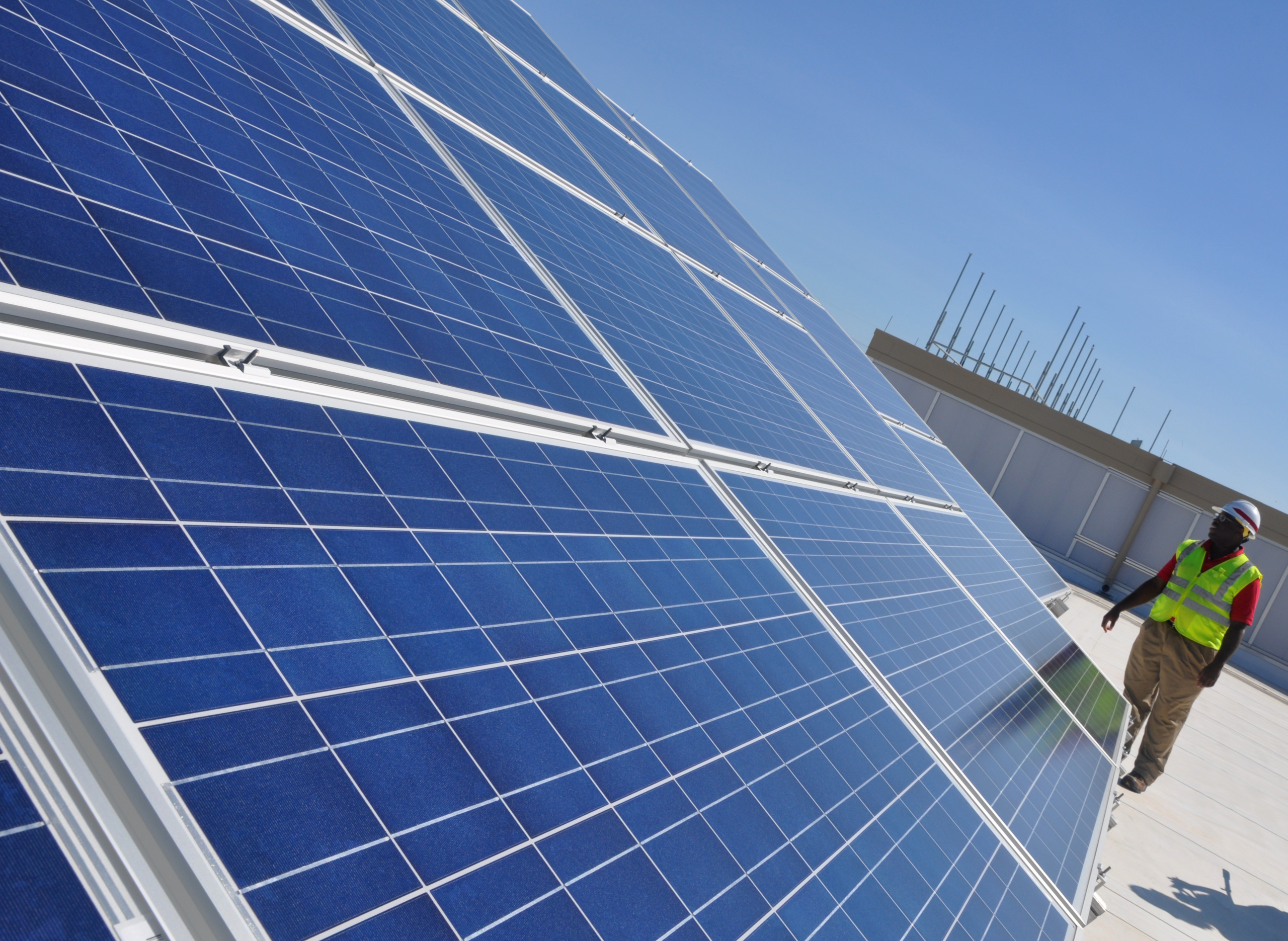Voices for clean energy
Pediatrician Dr. Gabe Cisneros
MD, FAAP
When Dr. Gabriel Cisneros, MD, FAAP, opens the door to his young patients’ clinic rooms each day, coughs and deep breaths are some of the first sounds he hears.
Dr. Cisneros is a pediatrician at UPMC Children’s Community Pediatrics in Pittsburgh and he’s witnessed numerous children suffer from pediatric asthma. According to a report from the Allegheny County Health Department, 11% of children in Allegheny County have been diagnosed with asthma.
“I call the start of colder weather ‘respiratory season,’” Cisneros said. “Many children I treat this time of year come to me with a severe cough and congestion, with some struggling to breathe. Oftentimes their symptoms are triggered by an asthma attack. And symptoms can be severe, sometimes requiring children to remain in the hospital for days.”
The reason so many children suffer from asthma? Dr. Cisneros points directly to the quality of the air we breathe.
“There is a direct correlation between asthma and air quality,” Cisneros explained. “Lowering asthma cases in children requires cleaner air. It’s as simple as that.”

Photo by staff | TPIN
But while the solution may be simple, cleaning our air requires a shift from fossil fuels to clean energy powered by solar and wind – a task that, so far, has been anything but simple to achieve.
Cisneros said, “We have all of the tech solutions we need at our fingertips. The power to protect our children from asthma and other chronic respiratory diseases is within our reach. But it’s going to take a shift in how we think – and how we live our lives each day.”
Driving an electric vehicle and converting his home to solar energy are two ways Dr. Cisneros is personally making the transition. And it’s becoming easier and more affordable for others to do the same.
EVs and solar panels are quickly becoming more affordable as clean energy tax credits and rebates start to make their way from Inflation Reduction Act funding directly into people’s wallets.
“These incentives are putting the power to transition to clean energy into the hands of individuals and communities,” Cisneros explained. “I’m encouraged by the potential this has to accelerate clean energy adoption here in Pittsburgh.”

Photo by U.S. Army Corps of Engineers | Public Domain
While individuals are a key part of the clean energy solution, Dr. Cisneros points to a need for both private and public sector organizations to drive much of this change.
“Climate initiatives such as Solar for Schools, a bipartisan grant program helping to install solar panels on school rooftops, are programs we should all be able to get behind,” Cisneros said. “These climate initiatives help improve children’s health and save us money long-term – a win-win for everyone, especially our kids.”
Families in low-income communities, in particular, will see major improvements in their children’s health with investments in clean energy.
Lower-income neighborhoods tend to border industrial sites with less green space and fewer trees – the perfect recipe for poor air quality.
“I see more asthma-related illnesses among children living near industrial areas in Pittsburgh where green space is limited,” Cisneros said. “The transition to wind and solar energy is especially important for our most vulnerable kids.”
While air pollution is more prevalent in large cities like Pittsburgh, it’s a health concern that permeates throughout the state. In 2020, Pennsylvania was the fourth-largest greenhouse gas-emitting state in the nation according to a May 2023 report from PennEnvironment.
In a separate report, PennEnvironment reported that Pennsylvania ranked 50th in the nation for renewable energy growth since 2013.
“Needless to say, progress moving our communities to clean energy in Pennsylvania is too slow,” Cisneros said.
The slow pace of change is what inspired Dr. Cisneros and many of his colleagues at UPMC and the Pennsylvania Chapter of the American Academy of Pediatrics to begin advocating for renewable energy policies back in 2019. He and his colleagues have successfully encouraged UPMC to set strong sustainability goals. With Dr. Cisneros’ help, the health system is currently on track to bring carbon emissions to net zero by 2050.
According to Dr. Cisneros, the solutions are clear. “By moving past coal, oil, and natural gas, we stand to make big improvements in both our air quality and our children’s health here in Pittsburgh and throughout the state.”
Read More
